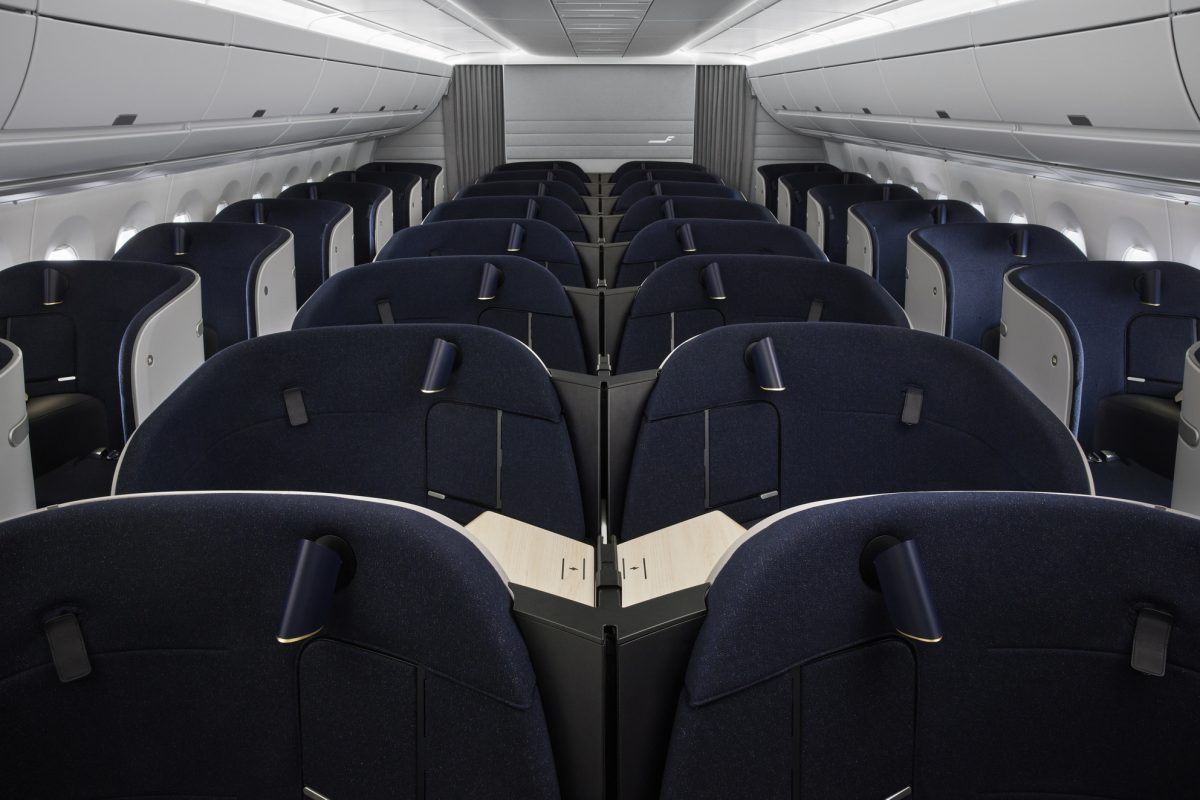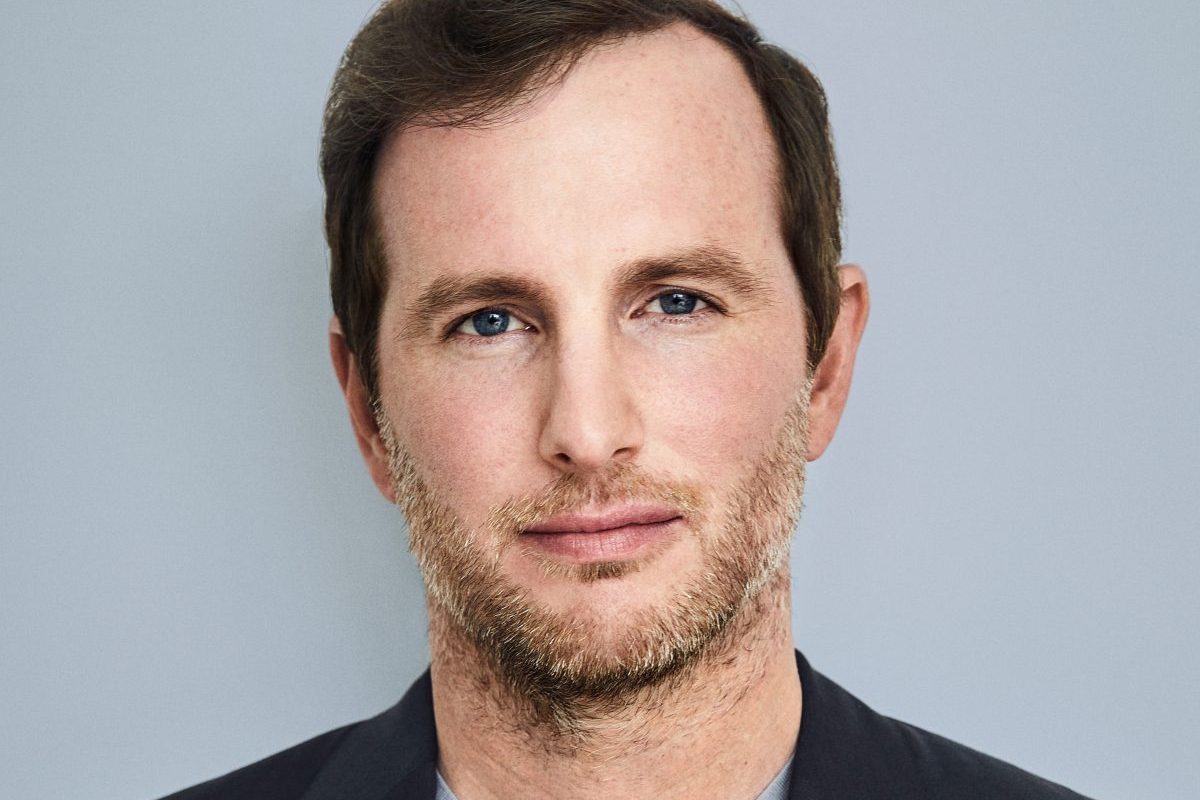Paying Michelin Guide to Help Promote Your Tourism Can Be a Messy Business

Skift Take
Israel's Tel Aviv could be the next stop for a Michelin Guide, following a series of inaugural editions released around different corners of the world last year. After years of planning, the Israeli Tourism Minister Haim Katz announced February 1 that the ministry would be moving forward with bringing the guide to the country for the first time.
The hoopla didn't come without its struggles. The minister previously received a slew of critiques from top chefs around the country when the estimated 1.5 million euros ($1.6 million) agreement was called back into reconsideration for whether it was the best use of tax money for Israeli citizens. While some chefs and restauranteurs see the Michelin as "a crazy engine" that drives "enormous effects" on tourism, others would rather decide what and when they eat without the stars' influence.
Allegations of bias and elitism have long surrounded Michelin Guide's activities across the world. Its criteria and selections have been controversial, to say the least. Michelin did not respond to Skift's request for a comment.
Described by famed chef Gordon Ramsay as the “Oscars of the restaurant industry,” the Michelin Guide is a best-selling guide to dining experiences around the world, and honors select restaurants with a stars system for their food quality. Highly coveted by chefs around the world, Michelin stars are powerful branding elements that transform restaurants and drive enormous tailwinds in gastro-tourism.
“With one Michelin star, you get about 20 percent more business. Two stars, you do about 40 percent more business, and with three stars, you'll do about 100 percent more business,” the master chef of the star game, the late Joël Robuchon, told Food & Wine magazine back in 2017. “So from a business point ... you can see the influence of the Michelin guide."
It is not uncommon for Michelin to be in some financial agreement with tourism boards to initiate market entry. Claire Dorland Clauzel, former executive vice president overseeing the guides, told The Washington Post in 2017 that the Seoul, Macau, Hong Kong, Bangkok and Singapore guides launched that year were all commissioned. But paying to bring a Michelin guide to your destination is not without its complications, even as more places pursue the strategy to use the guide for tourism marketing.
The state-run Korean Tourism Organization was criticized for reportedly agreeing to pay Michelin more than $1 million (about 3.2 billion won) from 2016 to at least 2020. The Tourism Authority of Thailand also reportedly reached a partnership of $4.4 million (about 144 million Thai baht) in 2017 to support Michelin over a five-year period. The launch of the Bangkok guide was estimated to boost tourist spending in Thailand by 10 percent. Similar financial arrangements were also speculated with the Hong Kong Tourism Board and Singapore Tourism Board.

Israel has been trying to get the guide’s attention for at least half a decade. Former ministers of tourism Yariv Levin and Yoel Razvozov have pushed for the guide to consider the country’s culinary potential to be included in its restaurant accolades. Under Levin, the ministry commissioned a study in 2017 for Michelin to evaluate Israel’s culinary scene, however, this did not attract the official guide’s footprint. Before handing the office over to Katz, Razvozov tried to close a deal at the end of last year. The former minister also promised to explain the contract’s economic potential and importance to all entering the ministry since “stopping something like this would be a loss.”
While the iconic little red guidebook has evolved from its humble beginnings of being a free manual for motorists on the road, what many don’t realize is that the Michelin Guide began with marketing in the first place.
Founded in 1889 by Andre and Edouard Michelin of the eponymous tire company, the initial guide included directions for how to change tires, fill up on petrol and find places to eat or stay. By providing these tips for trip planning, the Michelin brothers were hoping to boost car sales that in turn, translate to more tire purchases.
The guide started awarding stars to fine-dining restaurants in 1926. The “three stars system” was established five years later, with one star for a “very good restaurant in its category,” two stars for “excellent cooking, worth a detour,” and three stars for “exceptional cuisine, worth a special journey.” Michelin has since branched out to include other recognitions, such as the Michelin Green Star for restaurant sustainability factors and the Bib Gourmand for “good quality at good value” offerings.
The hallmark of the guide’s growing influence is its team of anonymous food critics–Michelin inspectors–that the Michelin Group sends to review restaurants around the world for star considerations. To maintain their hidden identity, inspectors always pay for their visits in full like typical customers so restaurants cannot buy votes. Around 120 inspectors visit an average of 240 restaurants every year, traveling up to three weeks per month and dining out up to 10 times per week.
This racks up major costs for Michelin. In 2011, the Financial Times reported that the guide loses more than $21 million a year. Selling copies of red guides is not enough to cover all the travel, accommodations and meals for its inspectors. In comes tourism boards to the rescue, seizing the opportunity to promote their cities through the guide.
“Some countries and some governments that want to … attract tourism, they are very interested in having a guide, and so they sponsor a guide to have the ability to communicate around their gastronomic landscape,” Michelin's Dorland Clauzel told The Washington Post.
The Michelin Guide entered several markets for the first time in 2022. Some greeted with much excitement, and others with more hesitancy.
Estonia
Enterprise Estonia announced signing an agreement to bring the Michelin Guide to Estonia in April 2022, which marks its entry into the Baltics. Terms of the contract are not disclosed.
Andres Sutt, the Estonian business and IT minister, said in a statement that “the agreement with Michelin will have a long-lasting impact on Estonia’s tourism exports and reputation.” The Estonia guide is anticipated to reduce the seasonality of travel, increase visitor numbers and prolong trip lengths, according to Liina Maria Lepik, director of the Estonian Tourism Development Centre.
The country is estimated to see a 6 percent increase in the number of Nordic travelers. The associated travel expenditure outside food spending connected to this increase is estimated to contribute an additional 1.5 million euros to tourism revenue annually.
United Arab Emirates
Michelin Guide debuted in the Middle East with the launch of not one, but two guides in the United Arab Emirates last year. In partnership with Visit Dubai, Michelin doled out a total of 13 stars across 11 restaurants in Dubai in June 2022. Abu Dhabi shortly followed in November 2022 with its own guide, created through partnership with Visit Abu Dhabi, which honored three restaurants with one star and another four with Bib Gourmands.
These guides were greeted with much enthusiasm from both the tourism department and major hospitality players around the country. Michelin stars are perceived to affirm the UAE’s place on the map for gastronomy travel and “essential” to Abu Dhabi’s cultural development.
Canada
Toronto and Vancouver received their inaugural Michelin guides in September and October last year, respectively. The Canadian food services industry accounts for more than half of tourism jobs and is the largest sector among tourism businesses in the country. The guides are anticipated to fuel economic growth and attract foreign investment outside of a tourism boost.
According to CBC, the two inaugural guides in Canada were part of a multi-year funding deal between Michelin and tourism boards to put the Canadian hospitality industry back on its feet after the pandemic. While the specific numbers were not disclosed, it is understood that the process was different for the two cities, and “Destination Vancouver gave a large sum and a commitment for five years.”
Both guides were met with some controversy, related to both the restaurant selections as well as the amount of new attention that puts a target behind the chefs' back for higher dining expectations.
Malaysia
The Malaysia Michelin Guide was unveiled in December 2022, honoring four restaurants with one star and 32 others with a Bib in Kuala Lumpur and Penang. The guide has been controversial with its selections that misunderstood the local cuisine.
Unlike other markets, where the default partner is the local tourism board, an impact venture firm, CF Capital, took the seat as Malaysia guide’s official partner. While the state government previously announced that it is also in the process of reaching an agreement with Michelin by the end of 2022, there have been no updates to the discussion.
On the flip side, the Czech Republic could be falling out with its Michelin stars after it announced that individual countries must now pay a fee of CZK 10 million to Michelin over three years. According to the report, countries such as Hungary and Slovenia have already pledged their payments.
There has been no official statement from Michelin regarding country fees for their guides' operations.




